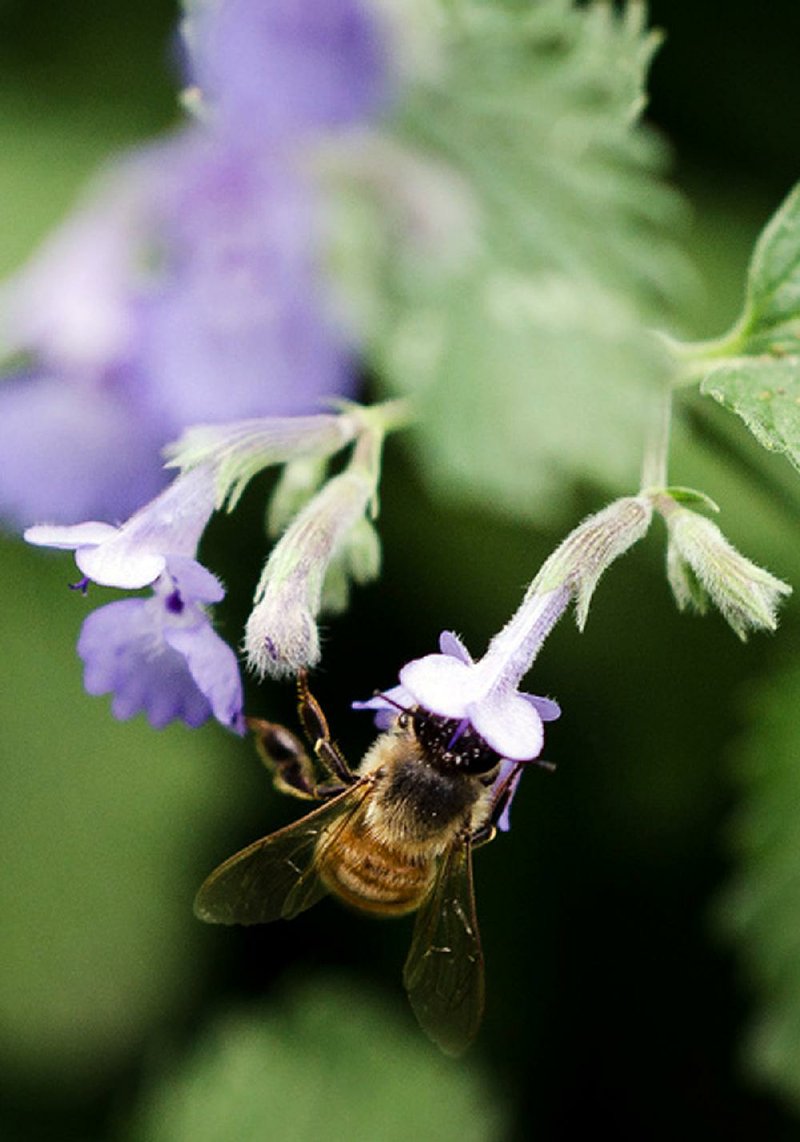MILWAUKEE - The U.S. Agriculture Department announced Tuesday that it will spend millions of dollars to help farmers and ranchers improve pastures in five Midwestern states to provide food for the nation’s honeybees.
Commercial honeybees pollinate an estimated $15 billion worth of produce each year. Many beekeepers take hives to the Upper Midwest in the summer so bees can gather nectar and pollen for food, then truck them in the spring to California and other states to pollinate produce such as almonds, apples and avocados.
But agricultural production has been threatened by a more than decade-long decline in commercial honeybees and their wild cousins because of habitat loss and pesticide use. Colony collapse disorder, in which honeybees suddenly disappear or die, has made the worse problem, increasing losses over the winter to as much as 30 percent per year.
The USDA hopes to stem those losses by providing more areas for bees to build up food stores and strength for winter. The new program will be “a real shot in the arm” for improving bees’ habitat and food supply, said Jason Weller, chief of the USDA’s Natural Resources Conservation Service.
Dairy farmers and ranchers in Michigan, Minnesota,Wisconsin and the Dakotas can qualify for about $3 million to reseed pastures with alfalfa, clover and other plants appealing to both bees and livestock. Farmers also can get help building fences, installing water tanks and making other changes that better enable them to move their animals from pasture to pasture so the vegetation doesn’t become worn down. The goal is to provide higher quality food for insects and animals.
“It’s a win for the livestock guys, and it’s a win for the managed honeybee population,” Weller said. “And it’s a win then for orchardists and other specialty crop producers across the nation because then you’re going to have a healthier, more robust bee population that then goes out and helps pollinate important crops.”
The USDA is focusing on those five states because 65 percent of the nation’s estimated 30,000 commercial beekeepers take hives there for at least part of the year. With limited funds, Weller said, the goal is to get the biggest payoff for the investment.
Farmers of corn, soybean and other crops can qualify for money to plant cover crops, which typically go in after the regular harvest and help improve soil health, or to grow bee-friendly forage in borders and on the edges of fields.
The program is just the latest in a series of USDA efforts to reduce honeybee deaths. The agency is working with universities to study bee diseases, nutrition and other factors threatening colonies. Agriculture Secretary Tom Vilsack also recently created a working group on bees to coordinate efforts across the department.
Business, Pages 25 on 02/26/2014
